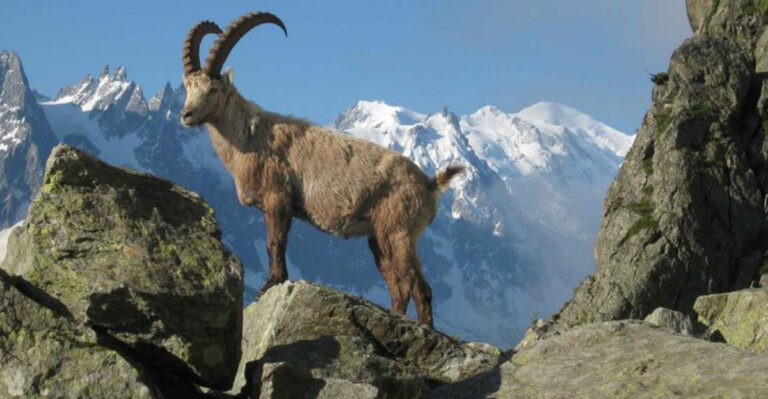16 Animals With Skeletons That Break All The Rules
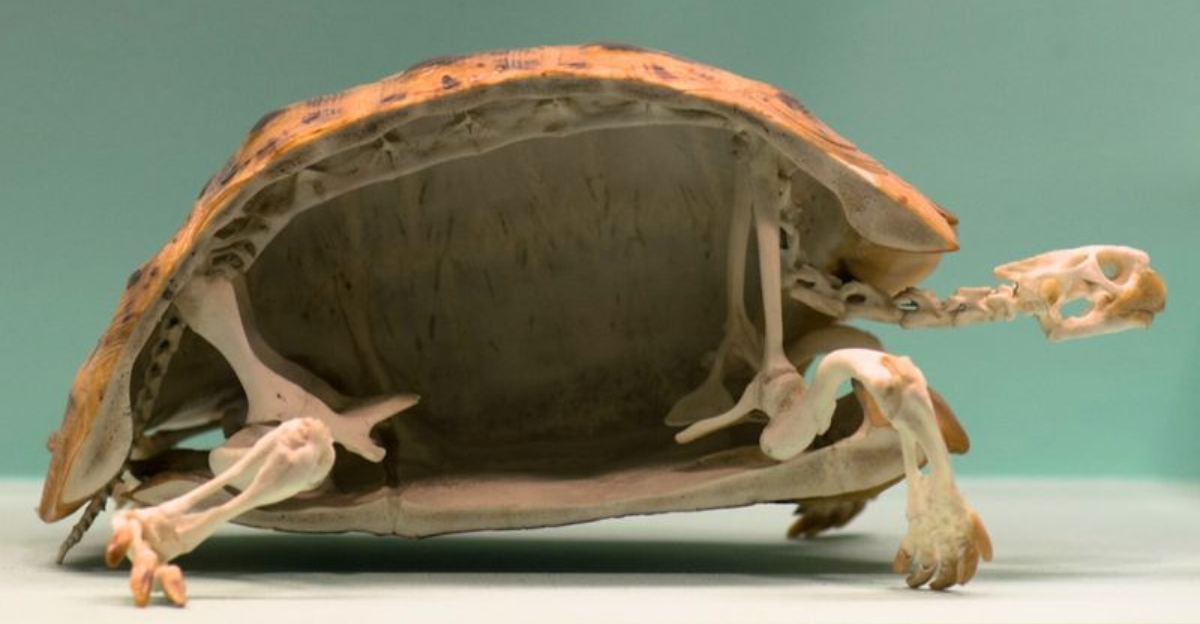
Forget what you think you know about animal skeletons! From jelly-like boneless wonders to creatures whose bones defy gravity, the animal kingdom is full of surprises.
These skeletons don’t just hold things together – they redefine the rules altogether.
1. Glass Frog
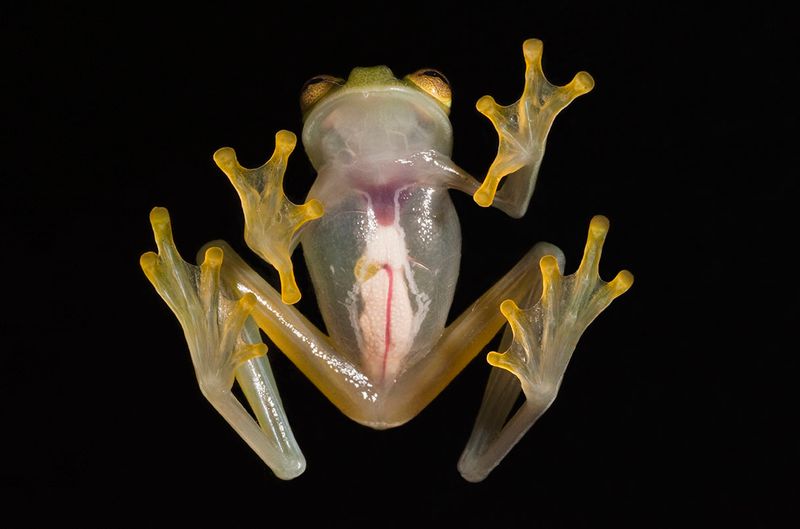
Ever wondered what it’s like to be transparent? Meet the glass frog, a little critter whose skin is so see-through you can see its heart beating!
This fascinating feature isn’t just for show; it serves as a clever camouflage against predators in the lush rainforests.
These frogs essentially become invisible by blending in with the foliage. Imagine walking around with your bones on display—what a way to stay hidden!
2. Star-Nosed Mole
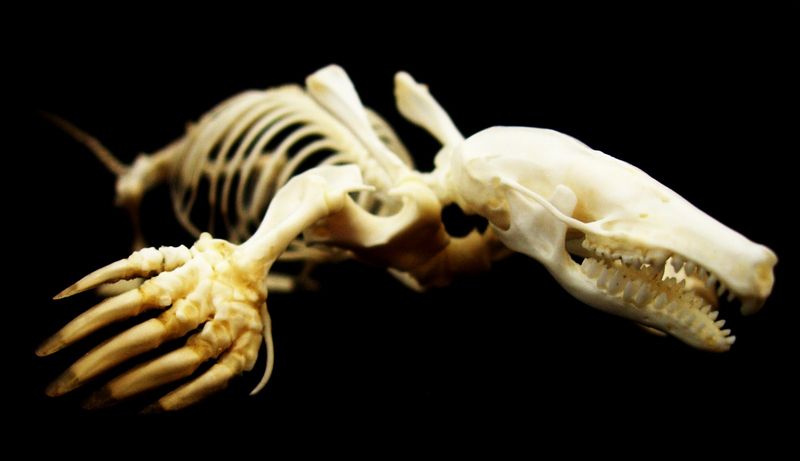
With a face only a mother could love, the star-nosed mole is a master of digging. Its nose, adorned with 22 fleshy tentacles, is more than just a peculiar decoration.
This nose is a super-sensitive tool for detecting prey in the dark, muddy tunnels it calls home.
This little mole can pinpoint food faster than you can blink, making it one of the fastest eaters on the planet. Who knew noses could be this handy?
3. Giraffe
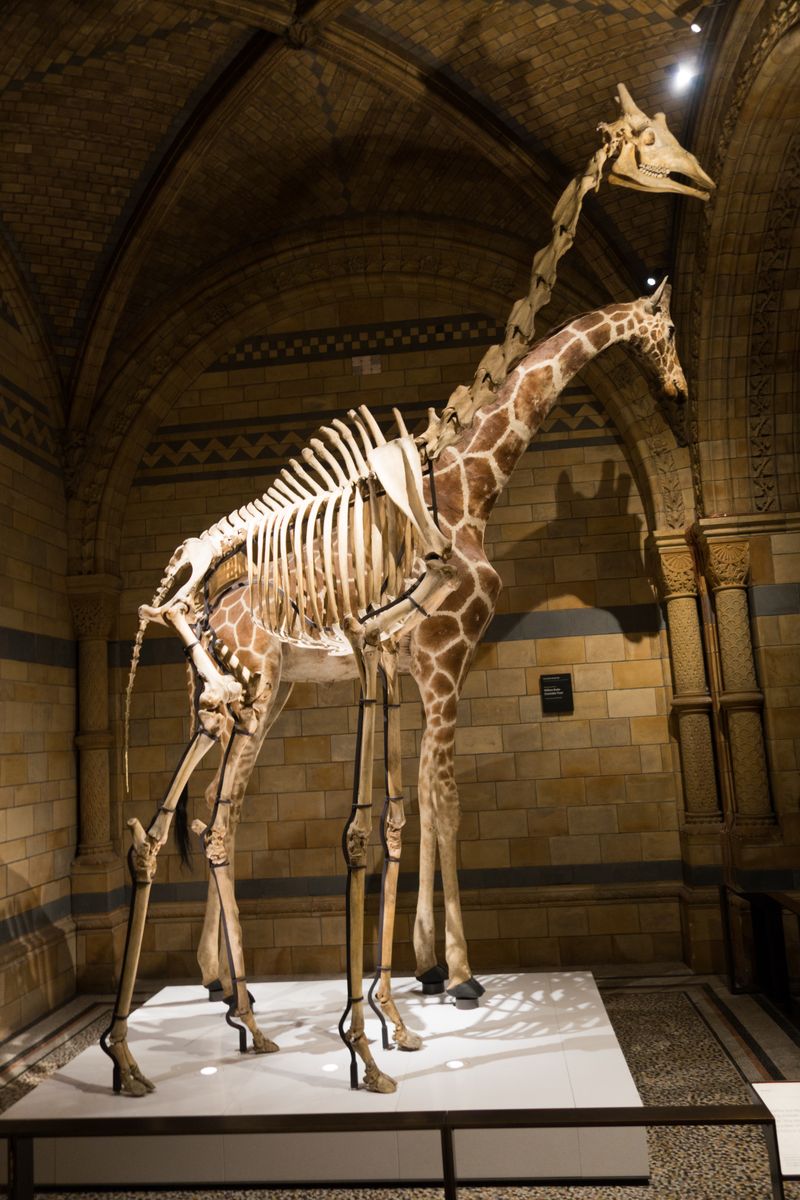
Standing tall and proud in the savannah, the giraffe’s long neck is a marvel of nature. But did you know its neck has the same number of bones as ours? That’s right—just seven, but each is super stretched!
These elongated vertebrae allow giraffes to reach the highest leaves, making them the skyscrapers of the animal kingdom.
Next time you’re craning your neck to see something, remember the giraffe’s got it down to an art form.
4. Turtle
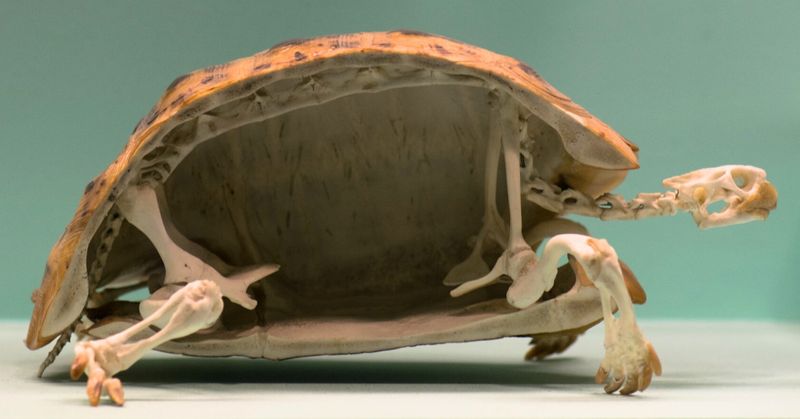
Turtles carry their homes on their backs, but did you know these shells are part of their skeleton? The shell is actually a modified ribcage and spine, offering protection and a unique architectural design.
Living in diverse habitats from deserts to oceans, turtles showcase one of nature’s most successful designs. Every time you see them, remember they’re not just slow movers—they’re mobile fortresses!
5. Sea Urchin
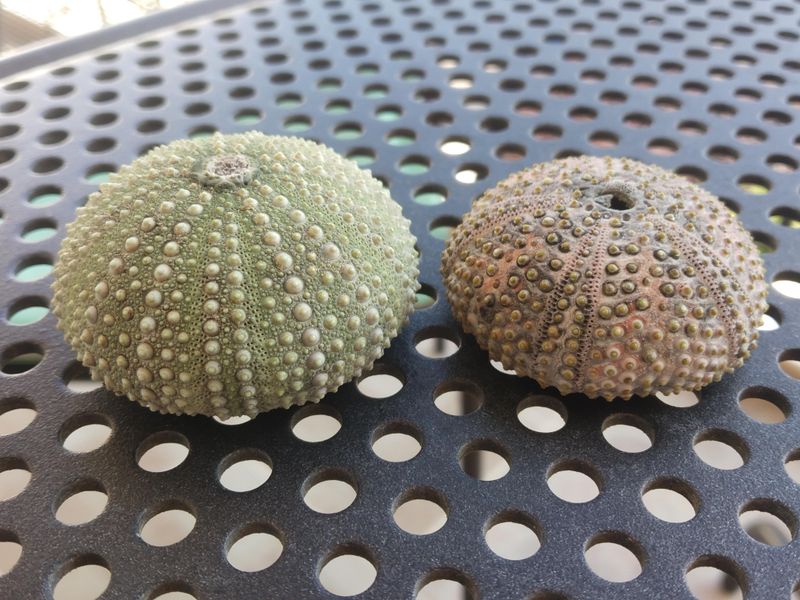
Sea urchins might look like spiky balls, but they’re the architects of the ocean floor. Their skeleton is called a “test,” which supports those intimidating spines used for defense and movement.
With a unique radial symmetry, they can navigate the seabed with ease. Next time you see these prickly wonders, think of them as the ocean’s very own pin cushions with a twist!
6. Pangolin
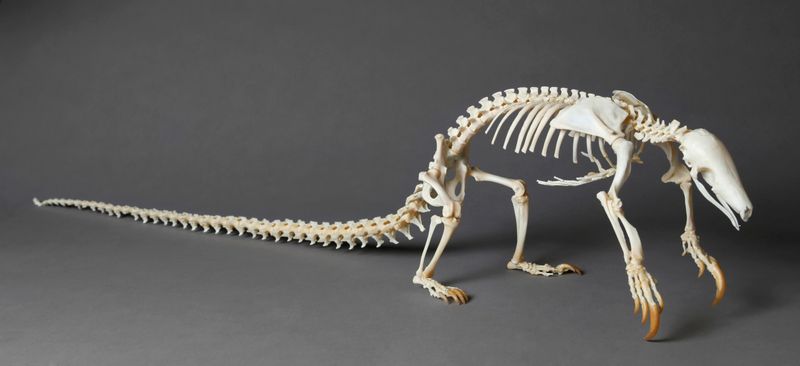
Pangolins are like walking pinecones with a suit of armor. Their scales, made of keratin—the same stuff in your hair and nails – offer them protection from predators.
When threatened, they curl up into a tight ball, becoming an impenetrable fortress. It’s their unique skeletal adaptation that turns them into nature’s little tanks. Aren’t they just the armored knights of the wild?
7. Octopus
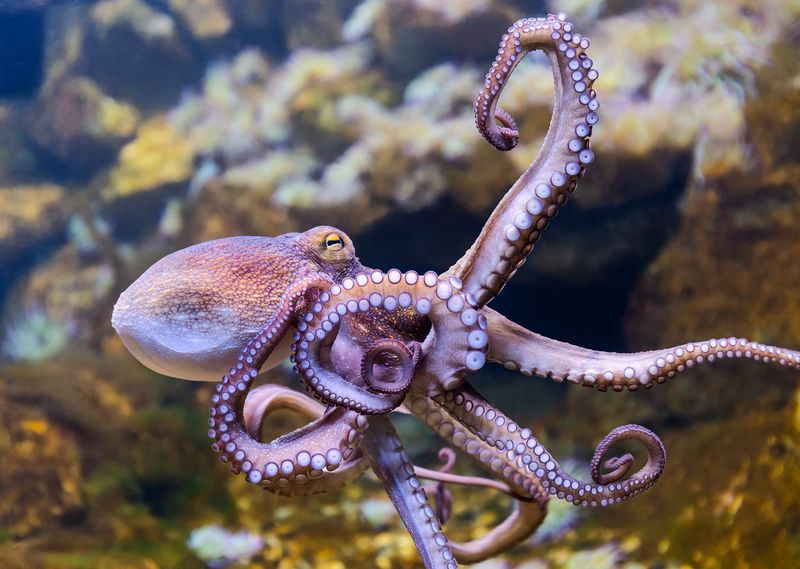
Ever seen a creature that can squeeze through a tiny crevice like it’s made of jelly? That’s the octopus for you, a master contortionist of the seas!
With no bones to hold it back, this incredible animal can change shape and size at will.
Without a traditional skeleton, octopuses navigate their watery world with uncanny agility. They redefine what it means to have a backbone – or, in their case, not to have one!
8. Hammerhead Shark
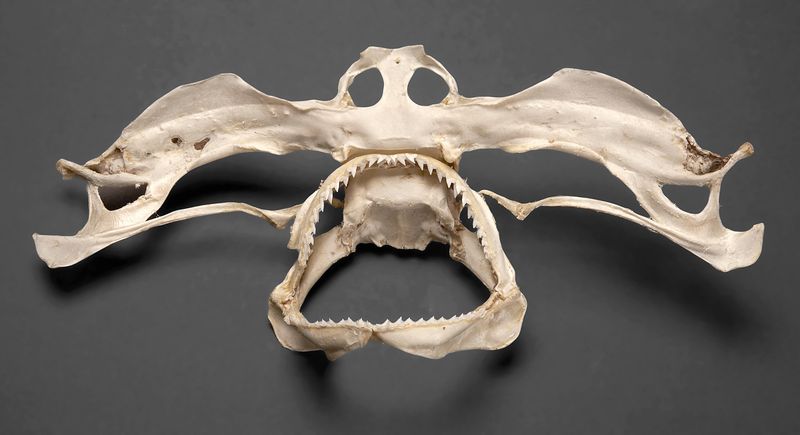
Hammerhead sharks don’t just look cool; their heads are a marvel of evolution. The unique shape provides enhanced sensory perception, allowing them to scan the ocean floor for prey like a living metal detector!
These sharks are perfect examples of nature getting creative with skulls, turning them into multifunctional tools. Their heads aren’t just for hammering—they’re for hunting with precision.
9. Narwhal
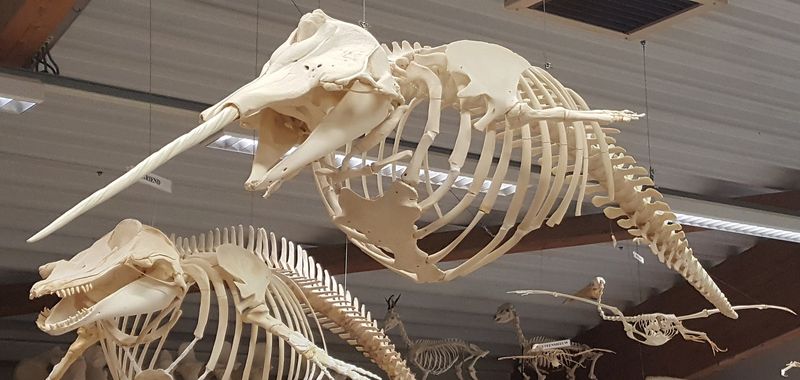
The unicorns of the sea, narwhals sport a long, spiral tusk that’s actually an elongated tooth! This impressive feature serves as a sensory organ, helping them detect changes in their icy environment.
Swimming through Arctic waters with elegance, narwhals use their tusks to explore and understand the world around them. It’s evolution’s way of saying, ‘Why not add a little magic?’
10. Platypus
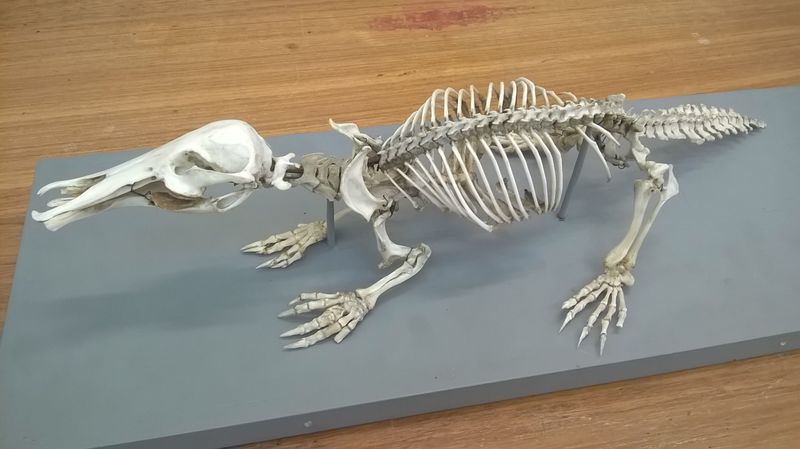
Looking like a mashup of different animals, the platypus is full of surprises! With a duck-bill and webbed feet, it also has an electroreceptive system to hunt underwater.
But here’s the kicker: it lays eggs! This quirky, semi-aquatic creature defies all norms, leaving scientists scratching their heads. It’s as if nature decided to throw a little party when designing the platypus.
11. Sloth
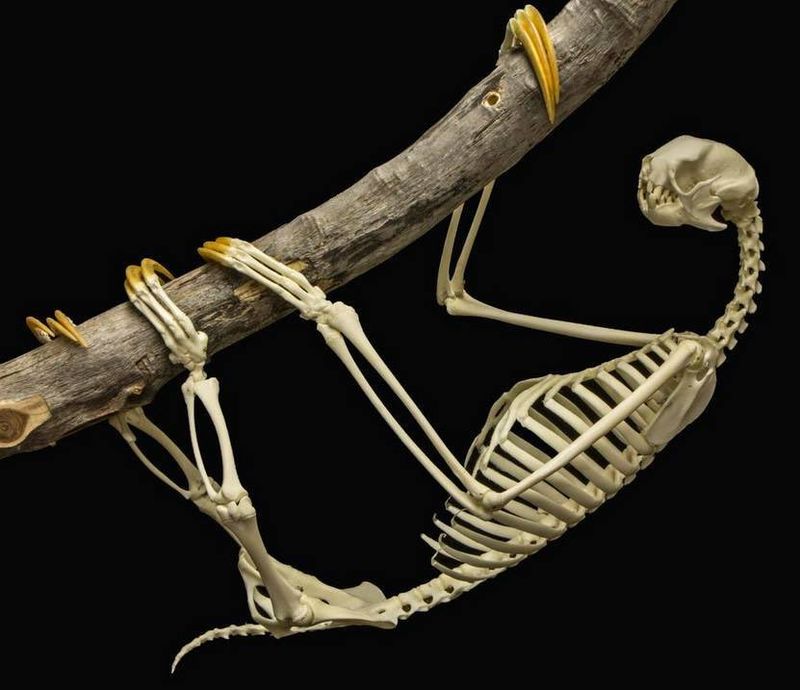
Sloths redefine what it means to take it slow, but there’s more to them than meets the eye. Their long limbs and specialized muscles allow them to hang effortlessly from trees, defying gravity with ease.
Living life upside down seems to suit them just fine. Sloths are the masters of chill, showing us that sometimes slow and steady really does win the race.
12. Elephant
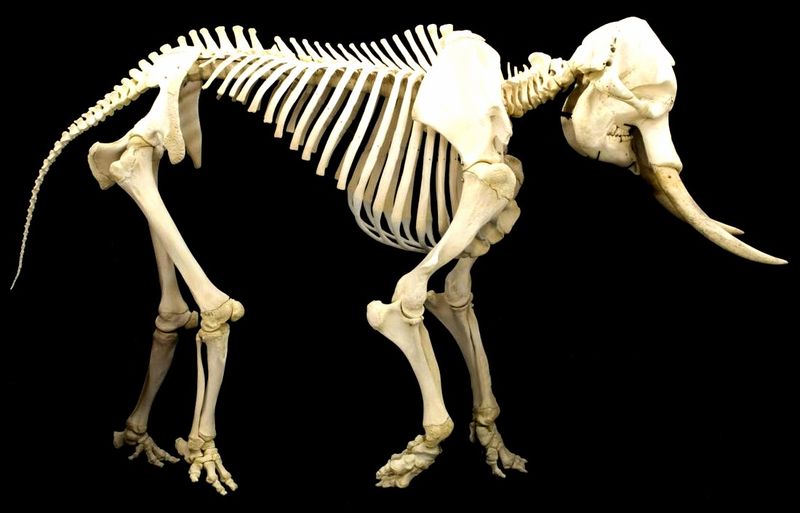
Elephants are the gentle giants of the animal kingdom, and their skeletons are just as impressive as their size. Their trunks contain no bones, just a complex structure of muscles and tendons.
With ears that function as cooling systems, these majestic creatures are built for both strength and adaptability. They remind us that sometimes the most powerful attributes come from within.
13. Horseshoe Crab
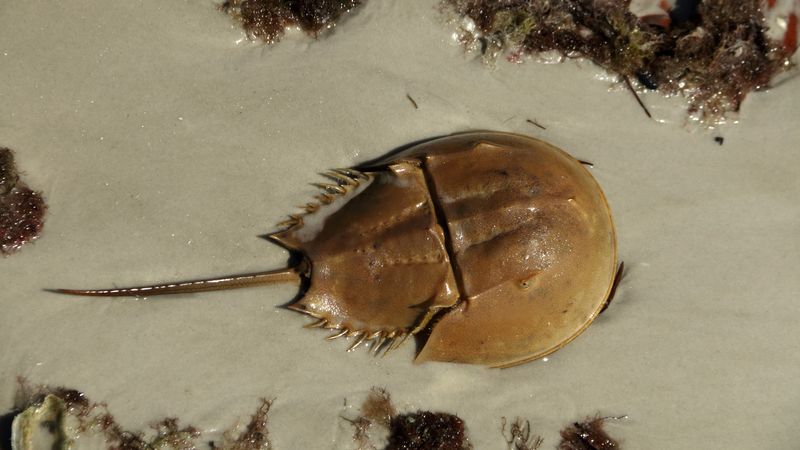
Resembling a prehistoric tank, the horseshoe crab’s shell is its suit of armor. It’s not a crab at all, but related to spiders and scorpions!
This living fossil’s hard exoskeleton and long tail help it navigate ocean floors with ease.
Horseshoe crabs have been around for millions of years, reminding us that sometimes, old-school designs stand the test of time.
14. Flamingo
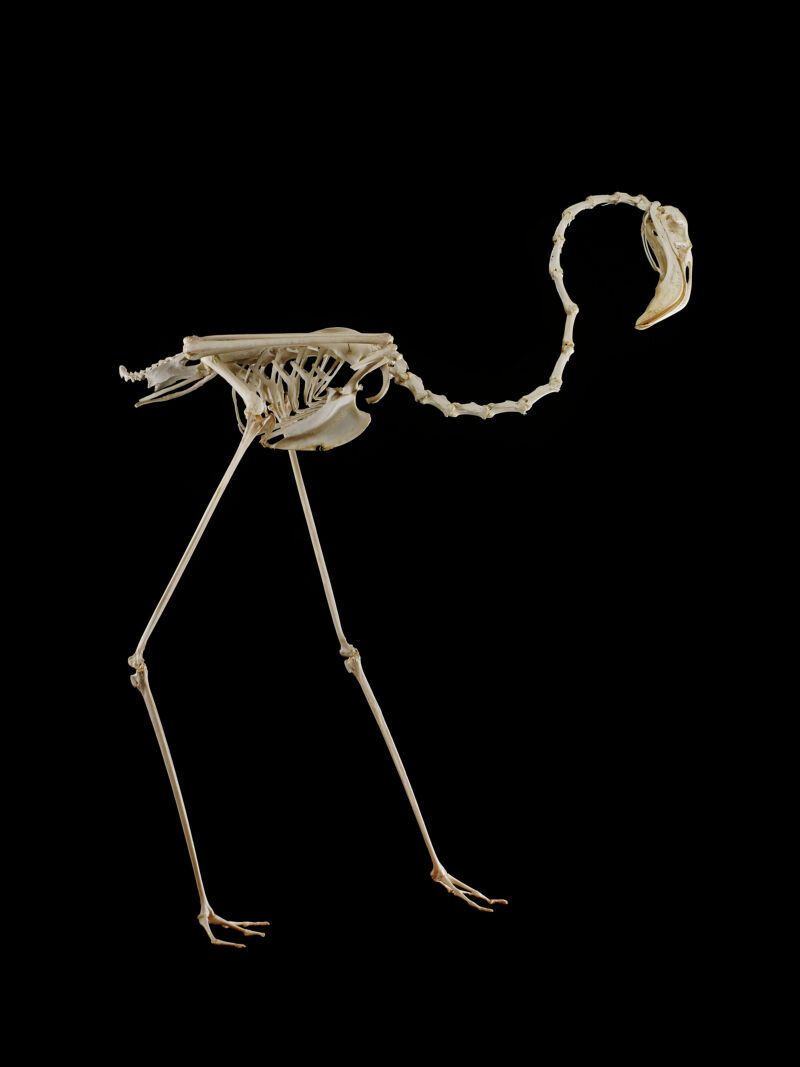
Ever wondered why flamingos stand on one leg? It’s a quirky trait that helps them conserve body heat. Their long necks and legs aren’t just for looks; they’re perfectly adapted for wading through shallow waters.
With their vibrant pink feathers, flamingos are nature’s own party animals. They show us that sometimes, standing out is the best way to blend in!
15. Armadillo
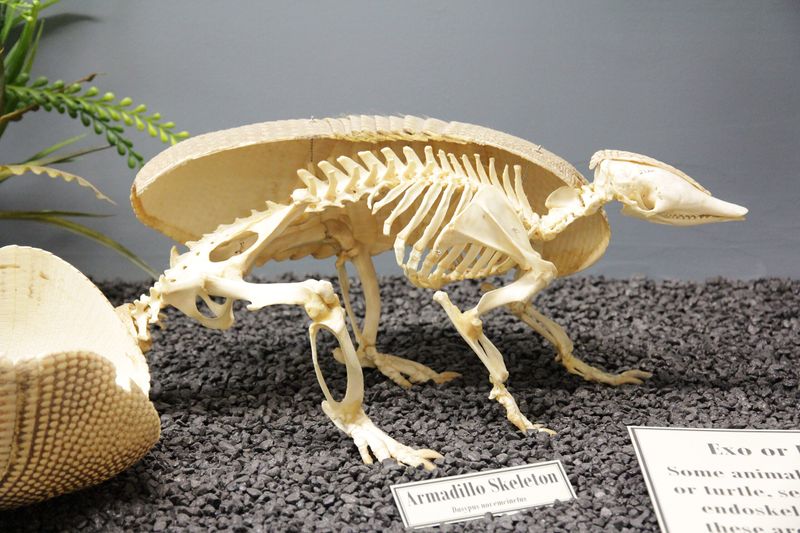
With a name that sounds like a superhero, armadillos are clad in natural armor. Their bony plates protect them from predators, making them tough little survivors.
These nocturnal diggers use their sharp claws to burrow and scavenge for food. Living in a world of dirt and danger, armadillos are the rugged warriors of the animal realm.
16. Chameleon
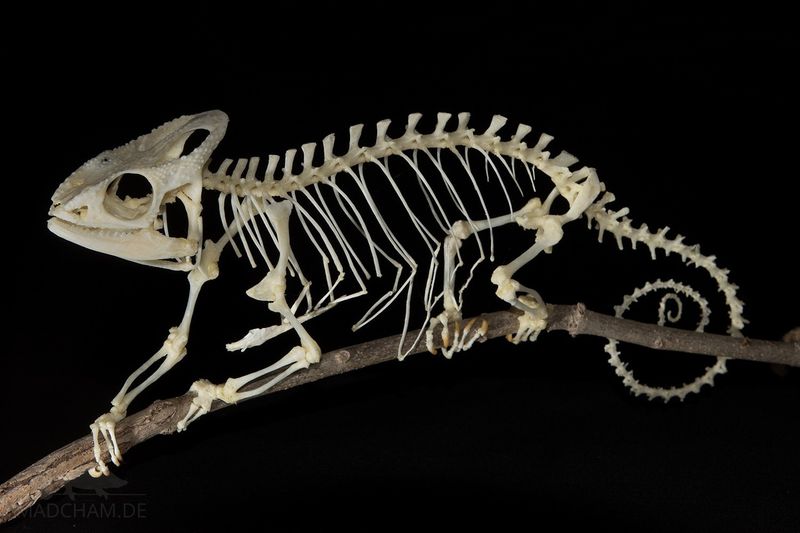
Chameleons don’t just change colors for mood—they do it to communicate and camouflage! Their unique skeleton supports a long, sticky tongue that can snap up prey in a flash.
With eyes that move independently, chameleons have a 360-degree view of their surroundings. They’re the ultimate masters of disguise, proving that sometimes, the best adaptations are a little flashy.

